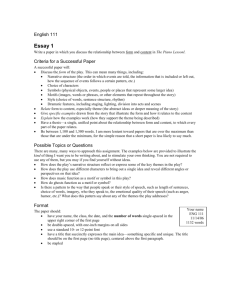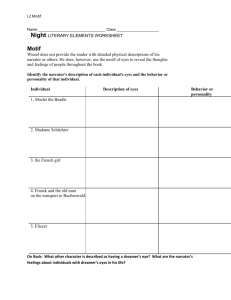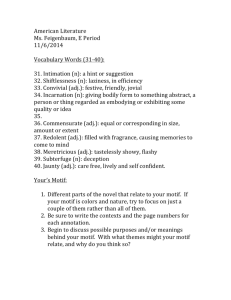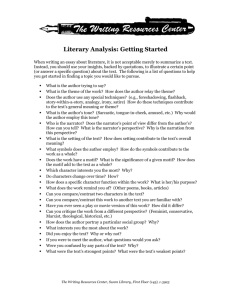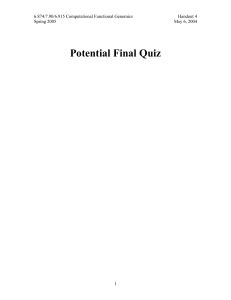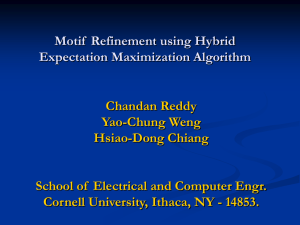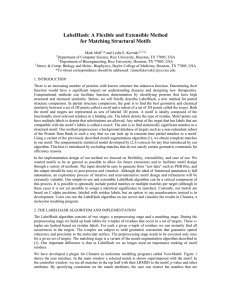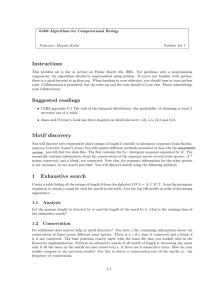msw
advertisement
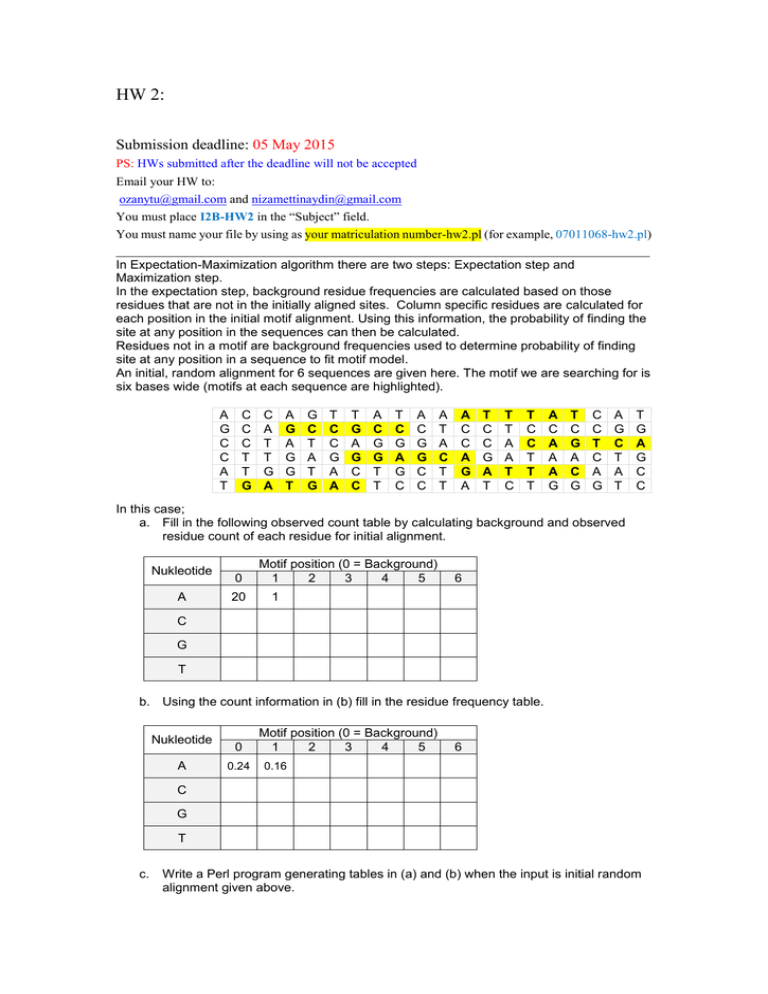
HW 2: Submission deadline: 05 May 2015 PS: HWs submitted after the deadline will not be accepted Email your HW to: ozanytu@gmail.com and nizamettinaydin@gmail.com You must place I2B-HW2 in the “Subject” field. You must name your file by using as your matriculation number-hw2.pl (for example, 07011068-hw2.pl) _____________________________________________________________________ In Expectation-Maximization algorithm there are two steps: Expectation step and Maximization step. In the expectation step, background residue frequencies are calculated based on those residues that are not in the initially aligned sites. Column specific residues are calculated for each position in the initial motif alignment. Using this information, the probability of finding the site at any position in the sequences can then be calculated. Residues not in a motif are background frequencies used to determine probability of finding site at any position in a sequence to fit motif model. An initial, random alignment for 6 sequences are given here. The motif we are searching for is six bases wide (motifs at each sequence are highlighted). A G C C A T C C C T T G C A T T G A A G A G G T G C T A T G T C C G A A T G A G C C A C G G T T T C G A G C A C G G C C A T A C T T A C C A G A T C C G A T T T A A T C T C C T T T A C A A A G T C G A C G C C T C A G A G C T A T T G A G C C In this case; a. Fill in the following observed count table by calculating background and observed residue count of each residue for initial alignment. Nukleotide A 0 20 Motif position (0 = Background) 1 2 3 4 5 6 1 C G T b. Using the count information in (b) fill in the residue frequency table. Nukleotide A 0 0.24 Motif position (0 = Background) 1 2 3 4 5 6 0.16 C G T c. Write a Perl program generating tables in (a) and (b) when the input is initial random alignment given above.
